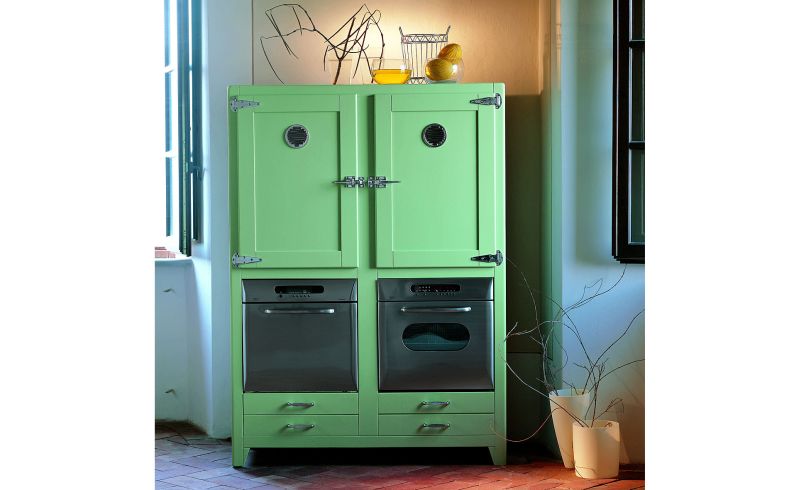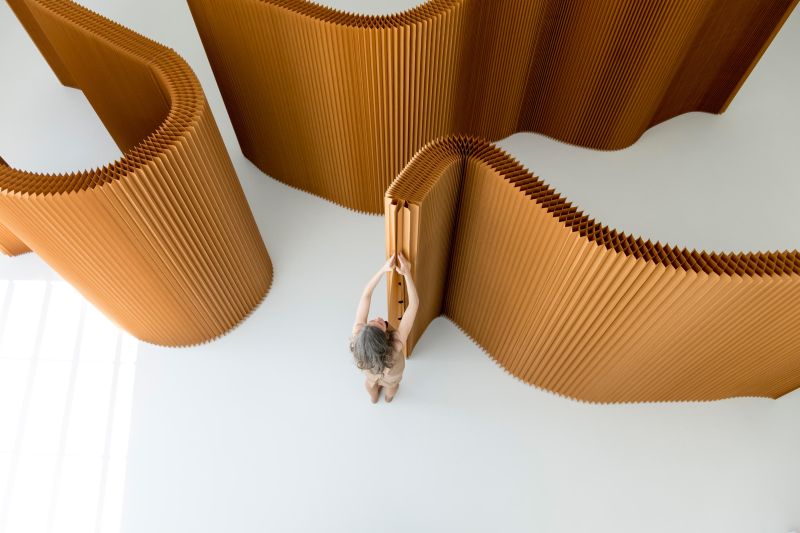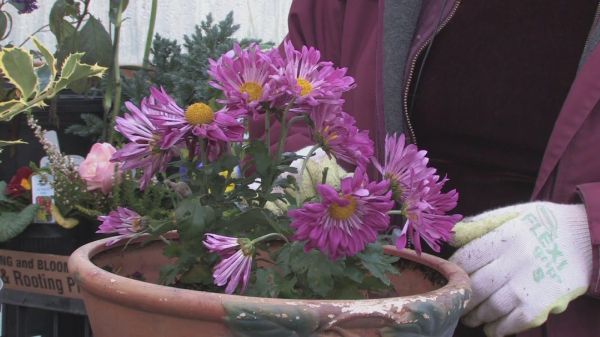
While it may be fun to have a home filled with flowering plants, only those who have been around some of these plants can tell you the difference between growing them and getting them to bloom. If you want only a seasonal look to your home, then some of the best houseplants meant for indoors are generally sold while in bloom. However, if you want to coax the blooms back in the next season, then you will have to work on it. Once you are well versed with the basics you can grow your own plants at home. Some of these wonderful indoor flowering plants are listed below and they are quite easy to maintain with the right conditions and care. Along with that we have also given you a few tips on how to take care of your indoor garden effectively.
African violets
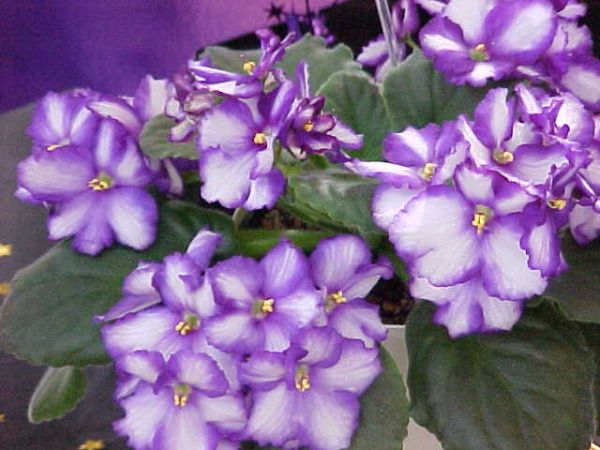
With a wide variety of flower forms and colors, African violets are compact and free flowering plants. It is possible to coax out several blooms in a year from the African violet with a little bit of care like high humidity, bright sunlight (although not directly) and careful watering. The African violet has a passionate following and some earnest growers can keep this beauty blooming throughout the year.
Poinsettias
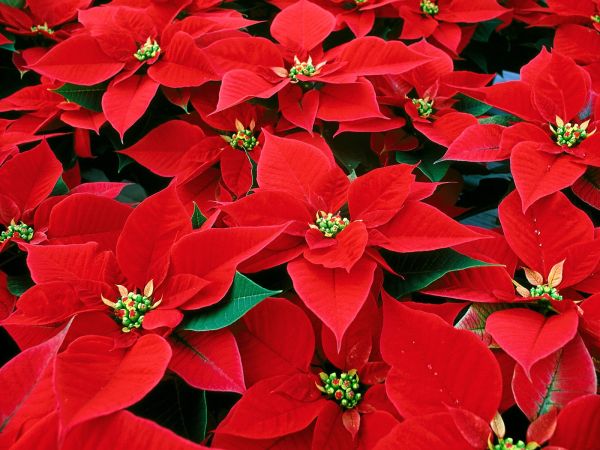
Virtually all of these plants are purchased during the Christmas season, but the Poinsettia is still the most popular houseplant in the world throughout the year. New varieties of poinsettias have been introduced recently by growers and they come in pink, white and variegated colors, but the red poinsettia still remains as the top favorite Christmas plant. More than the actual flowers, it is the big red bracts, which surround the flowers that add to the attraction of the poinsettia. However, it takes a very dedicated grower to coax the poinsettia back into bloom the next year.
Orchids

There are more than 30,000 species of known orchids and more than 10,000 hybrids, making the orchids the largest group of plants in the world. Orchids are a dazzling variety of flowers in all shapes and colors and some of them can be terribly ugly, some unsurpassed and some are breathtaking in their beauty. Orchids have a reputation of being difficult to grow and maintain, but there are some growers who tend to keep at least five varieties and coax their orchids to bloom every year.
Peace lilies
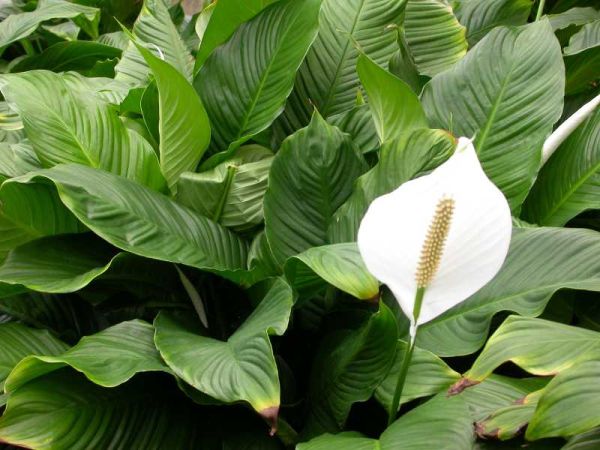
These folded white flowers nod peacefully in the midst of their glossy leaves and are found mostly in upscale home designs. The peace lilies are tropical plants, preferring filtered light, humidity and warmth and with these right conditions, they will flower and bloom for weeks even during the summer months.
Begonia

Although Begonias are generally considered an outdoor plant, with the right kind of treatment they can make great indoor plants. Begonias are tough, free flowering and undemanding plants and a simple pot of Begonia can yield a season of colorful blooms. There are different varieties of Begonias, of which some are bushy varieties, some trailing varieties and some are foliage varieties. If you find the right choice for your kind of condition, then you can have a vast array of Begonias growing in your home.
Bromeliads
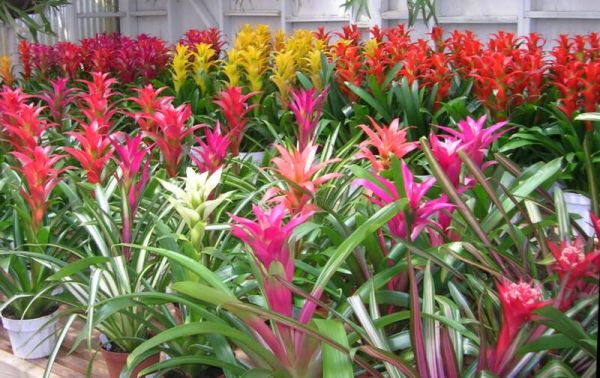
The Bromeliads are mostly grow in rosettes of strapy leaves and are generally considered as urn plants. New bromeliad flowers can bloom for weeks or last up to a month, although it is rather difficult to bring them into bloom. When they do so, they have beautiful foliage as the flowers arise from the center in tall colorful spikes of bracts. The leaves form a central water collecting cup, which forms a firm base for the blooms.
Desert cacti
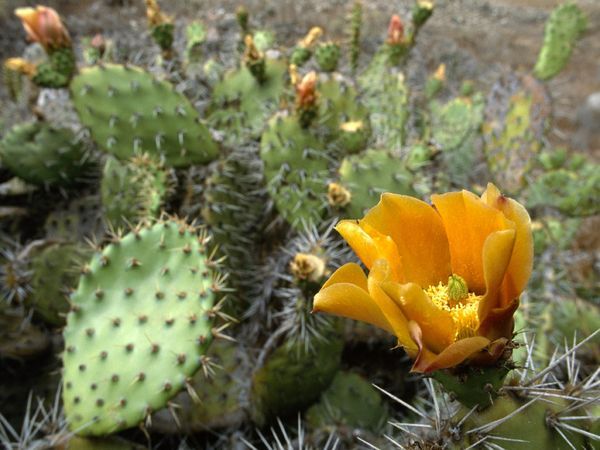
There are different, beautiful varieties of cacti and when in bloom, they can create a colorful desert scene. The cacti plant is not difficult to grow as it requires very little water with a lot of sunlight and can be grown in any average home. They bloom in beautiful varieties of colors during the spring and summer.
Kalanchoe
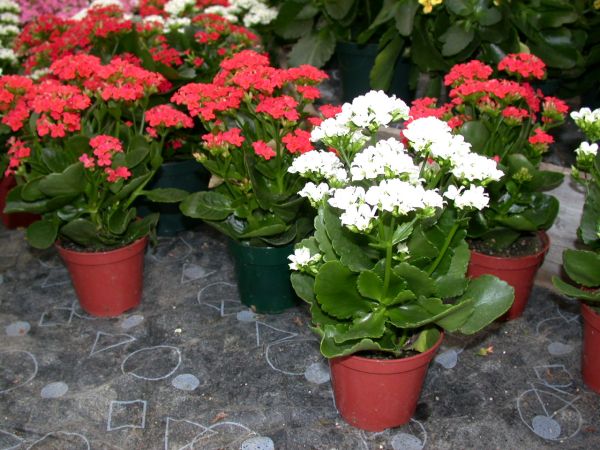
These plants with clusters of small, upright flowers are not only beautiful, but also easy to grow and bloom. The Kalanchoes are succulent plants so the basic rules of rearing succulents will apply perfectly for them as well. The most popular variety is the K. blossfeldiana, which if given adequate water and bright light is a dependable bloomer in spring.
Amaryllis
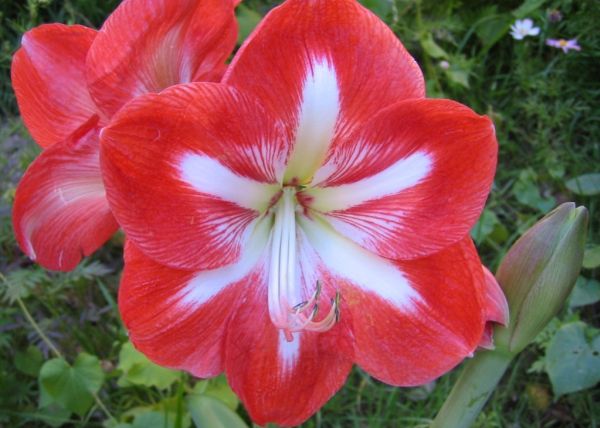
The Amaryllis bears large, deeply colored flowers on tall stalks and is the most magnificent of all bulbs. They come in a variety of colors such as red, salmon, orange, multicolored and pink and sold as naked bulbs or potted flowering plants. Depending on when the bulb is planted, they typically bloom in December through to the early summer months. Once it has reached the end of its bloom cycle, the bulbs have to be removed from the soil and stored in a cool place for six weeks. These can then be repotted or planted for the next bloom cycle.
Christmas cactus
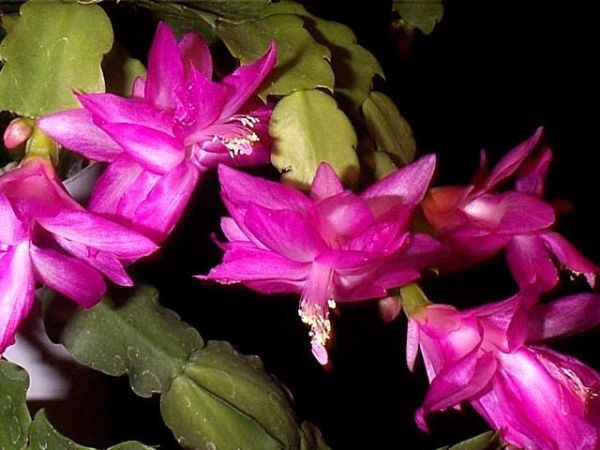
Having beautiful, dropping red or pink flowers on paddle like foliage Christmas Cacti are subtropical forest plants. They are generally sold while in bloom, but with the right condition and care, the cacti can be brought back to bloom the next season.
Hibiscus
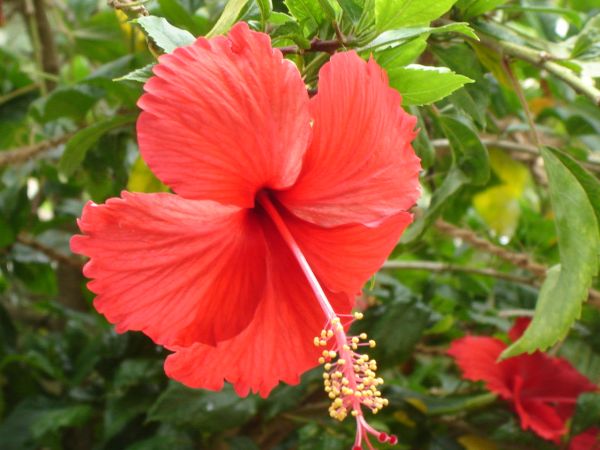
Hibiscus comes in single and double forms, in an array of colors and they are the most enduring symbols of the tropics. The new hybrids have large blooms the size of a salad plate and are astonishing. Hibiscus prefers warmth, humidity and plenty of light. They are also prone to a variety of bugs; making them a difficult plant for beginners to grow. However, with a little persistence; you can grow and bloom Hibiscus at home.
Anthurium
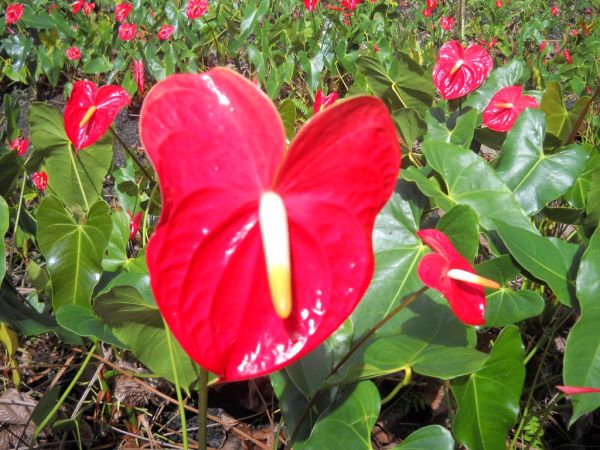
Anthuriums thrive on heat, humidity, rich soil, bright light and ample water and are basically. They have a heart shaped red flower structure; with a yellow or white spike emerging from the center. These plants are sold when in bloom but with a skillful handling; you can buy them back to flower in the next season.
Everything you need to know about growing an indoor garden
Making your apartment look beautiful and comfortable to live in is important. Some may choose to liven it up with fancy artefacts and colors; whereas others may choose to accentuate it with nature involved. It is not true that gardening is only meant for people with a sprawling backyard. In fact, you can create your own haven of plants right inside your house or even in a tiny apartment. Indoor gardening is usually the norm among city dwellers where space is a constraint. Having plants inside your house is also a good way to not only beautify the space; but, also improve air circulation. This is because plants absorb carbon dioxide and releases oxygen . Listed below are some tips and advantages of gardening your indoor flowering plants properly.
Tips for gardening your indoor flowering plants:
1. Avoid dark places
Plants require plenty of light. Placing them in dark corners of the house without any light reaching them; would cause them to die a slow death. If at all your apartment or house receives very little natural light; then, use medium or low artificial lights to provide the required amount of heat. They would also struggle to reach out to the light, which can hinder the appearance of the plant. Place them directly under the light source; and, also keep rotating them occasionally in order to let them grow straight. Another important thing; avoid keeping plants below an air conditioner or cooler where the cold air can harm the indoor plant.
2. Sunlight
Giving the opportunity for your plants to get natural sunlight; is the best thing you can do to see them grow well. If they are not given their daily supplement of sunlight, the plants would appear thin and frail. Get plants that do not require ample sunlight to thrive like a Chinese Evergreen plant or the Money plant. If that doesn’t suit you; then, place the plants out in the sunlight for a few hours during the day . For the remaining part of the day/night, transfer them back inside.
3. Care
Adequate watering and looking after is required for indoor plants, maybe even a bit more than the outdoor varieties. While most of your plant problems can be solved with sufficient watering, adding a light liquid fertilizer once in a while won’t hurt. Also make sure the water you use is at room temperature and that you do not do so frequently, as too much water can also harm the plant. When you notice grime or dust accumulating on the leaves and stem, give it a gentle shower using a spray attachment of your hose. This will clean them as well as let the leaves breathe.
4. Fresh air and temperature
Fresh air is as important as sunlight for plants to thrive. If kept in a smoky or congested area; the plants tend to struggle a great deal. Keep your doors and windows open as much as possible; and let the plants breathe in all that fresh air. Temperature control is one other factor that you should not forget. Plants tend to grow really well at temperatures of about 65°F to 75°F during day time and can handle about 10°F at night.
5. Container gardening
If using containers for your plants; then make sure you buy the ones that have proper drainage holes at the bottom for excess water to be released. If water collects in the pot, then the roots are prone to damage; and, the plant will most certainly die. Also, make sure you get convenient pot sizes; so that you can move them around the house freely depending on temperature and sunlight.
6. Soil
Soil is integral for indoor plants as well. If you have decided to grow them in containers then it is advisable to buy good quality soil apt for that, instead of using soil from the garden where the risk of insects, weed and other diseases attacking the plants are high. The best way to get the right kind of soil for your plants is to head to a nearby nursery.
Advantages of indoor flowering plants and garden:
1. Indoor gardening is much more economical than traditional soil gardening.
2. Fruits and vegetables grown indoors have more nutrients; and, taste much better than those grown outdoors.
3. You can grow indoor flowering plants all year long; without the cold and hot climate outdoors being a hindrance to plant growth.
4. Indoor gardens are much easier to maintain since they are very rarely prone to diseases and pests and attack by animals. There is also very little or no soil prep work like weeding, tilling etc. required for indoor flowering plants.
5. Last but not the least, they make all the difference to the house with their colors and appearances, transforming a house to a home.



